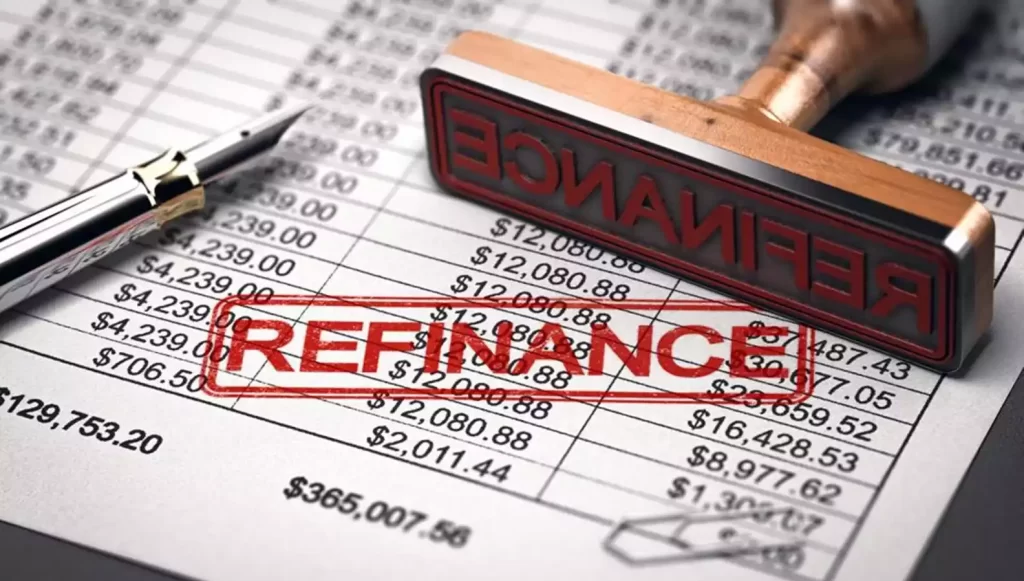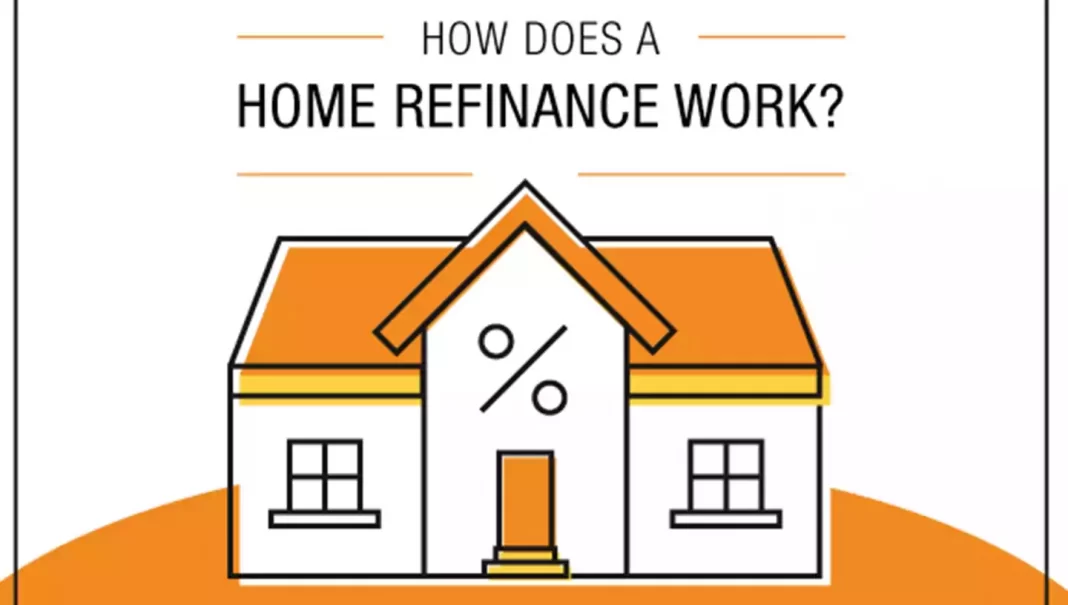Home refinancing can be a great way to save money on your mortgage, but it’s important to understand the process and what to look for. Learn more about home refinance in the US and how you can benefit from it.
For most people, a mortgage is the largest financial commitment they will make in their lifetime. While taking out a mortgage can be exciting, paying it off can be a daunting task. One way to make it more manageable is by refinancing your home. Home refinance in the US has become increasingly popular in recent years, and for good reason. It can help you save money on your mortgage, reduce your monthly payments, and even allow you to pay off your loan faster. In this article, we’ll explore the ins and outs of home refinance in the US, including what it is, how it works, and what to consider before taking the plunge.
What is Home Refinance?
Home refinance is the process of replacing your existing mortgage with a new one that has different terms and interest rates. The main goal of refinancing is to save money on your monthly payments or overall interest costs. There are several ways you can refinance your home, including:
- Rate and Term Refinance: This is the most common type of refinance, where you change the interest rate or term of your mortgage without changing the amount borrowed.
- Cash-out Refinance: This allows you to borrow more than the amount owed on your existing mortgage and use the difference for other purposes, such as home improvements or debt consolidation.
- Streamline Refinance: This is a simplified refinance process that is available to borrowers with certain types of government-backed loans.
How Does Home Refinance Work?

To refinance your home, you’ll need to go through a similar process as when you first got your mortgage. This typically involves the following steps:
- Determine your goals: Before you start the refinance process, think about what you hope to achieve. Do you want to reduce your monthly payments, pay off your loan faster, or get a better interest rate? Knowing your goals will help you make the right decisions as you move forward.
- Shop around: There are many lenders and loan options available, so it’s important to shop around and compare rates and terms. You can use online tools to get quotes from different lenders and see what options are available to you.
- Apply for a new loan: Once you’ve found the right lender and loan, you’ll need to apply for the new loan. This typically involves filling out an application, providing documentation, and undergoing a credit check.
- Close the loan: If you’re approved for the new loan, you’ll need to sign the paperwork and pay closing costs. This typically involves paying for an appraisal, title search, and other fees.
- Repay your old loan: After you close the new loan, you’ll need to start making payments on it. Your new lender will typically pay off your old loan on your behalf.
What to Consider Before Refinancing Your Home?
While home refinance can be a great way to save money, it’s not right for everyone. Here are some things to consider before refinancing your home:
- Your credit score: Your credit score will play a big role in determining the interest rate you can get on your new loan. If your credit score has improved since you first got your mortgage, you may be able to get a better rate now.
- Your home equity: If you have a lot of equity in your home, you may be able to qualify for better rates and terms. If you have less equity in your home, you may not be able to refinance or may have to pay higher rates and fees.
- Your loan term: If you have a shorter loan term, you may be able to pay off your mortgage faster with a refinance. However, if you have a longer loan term, you may end up paying more interest over time.
- Closing costs: Refinancing typically involves paying closing costs, which can range from 2% to 5% of the loan amount. Make sure to factor these costs into your decision and consider whether the savings you’ll get from refinancing are worth the upfront expense.
- Prepayment penalties: Some mortgages come with prepayment penalties, which are fees you’ll have to pay if you pay off your loan early. Make sure to check your existing mortgage to see if it has a prepayment penalty and how much it is.
- Your future plans: Refinancing may not be a good idea if you plan to sell your home in the near future. It can take several years to recoup the costs of refinancing, so if you’re planning to move soon, it may not be worth it.
FAQs About Home Refinance:
- Q. Can I refinance my home if I have bad credit?
A. It may be more difficult to refinance with bad credit, but it’s not impossible. You may need to shop around for lenders who offer loans to borrowers with lower credit scores or consider improving your credit before applying for a refinance. - Q. How much can I save by refinancing my home?
A. The amount you can save depends on a variety of factors, such as your current interest rate, the new interest rate, your loan term, and your closing costs. Use a refinance calculator to estimate your potential savings. - Q. Can I refinance my home more than once?
A. Yes, you can refinance your home as many times as you’d like, as long as you qualify for a new loan each time.
Conclusion:
Home refinance can be a great way to save money on your mortgage and make your payments more manageable. However, it’s important to do your research and understand the process before you get started. Make sure to consider your goals, credit score, home equity, and other factors before deciding if refinancing is right for you. With the right information and a bit of legwork, you can take advantage of the benefits of home refinance in the US and put more money back in your pocket.





